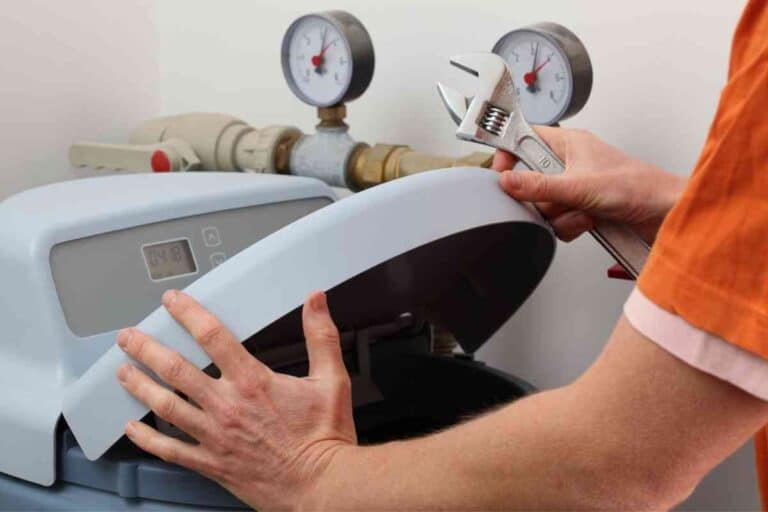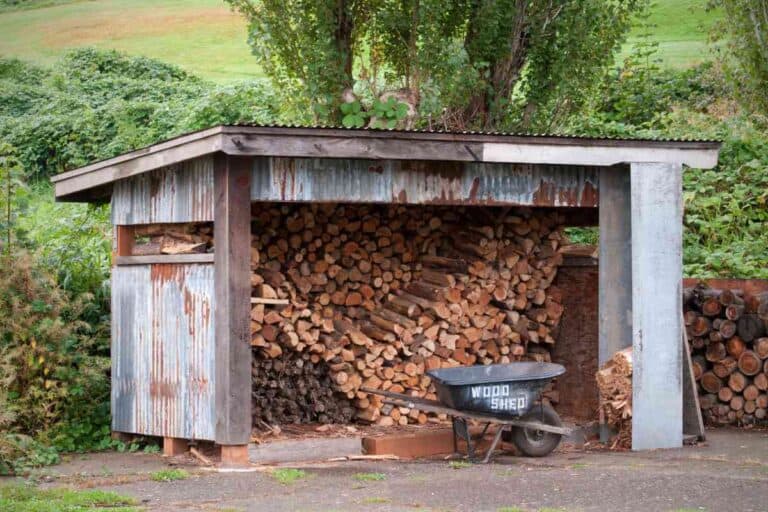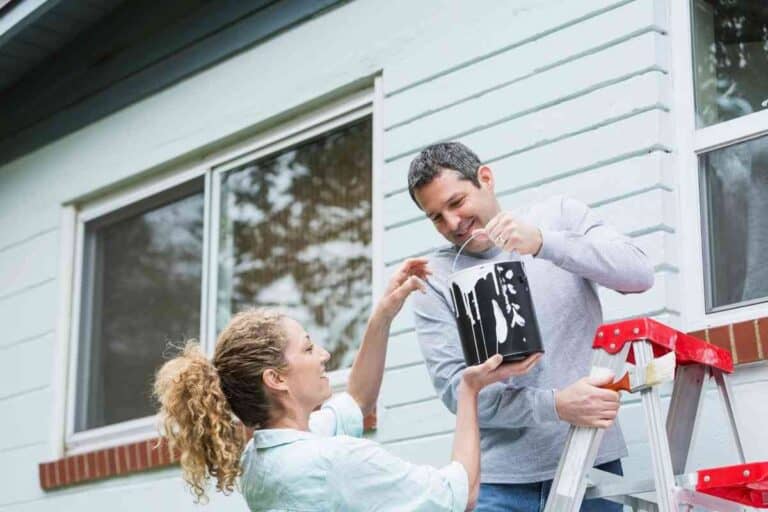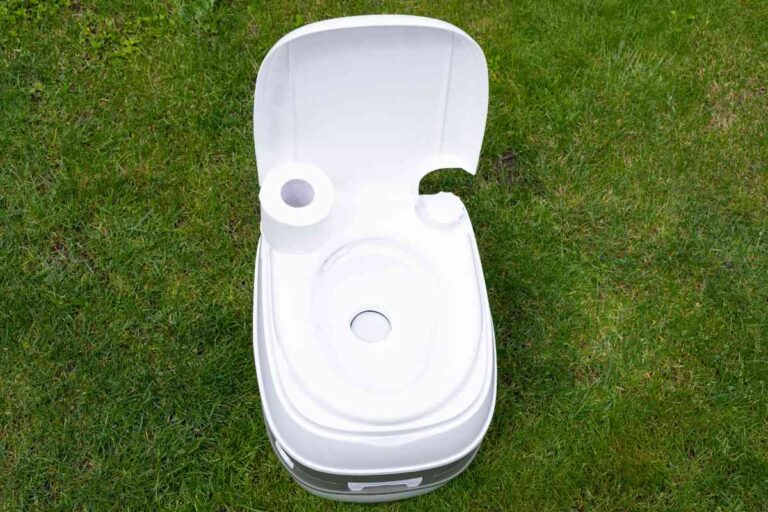Can You Bury Your Propane Tank In Florida?
Each state has its own guiding rules regarding propane tank installation. Different code requirements apply for different sizes of tanks too.
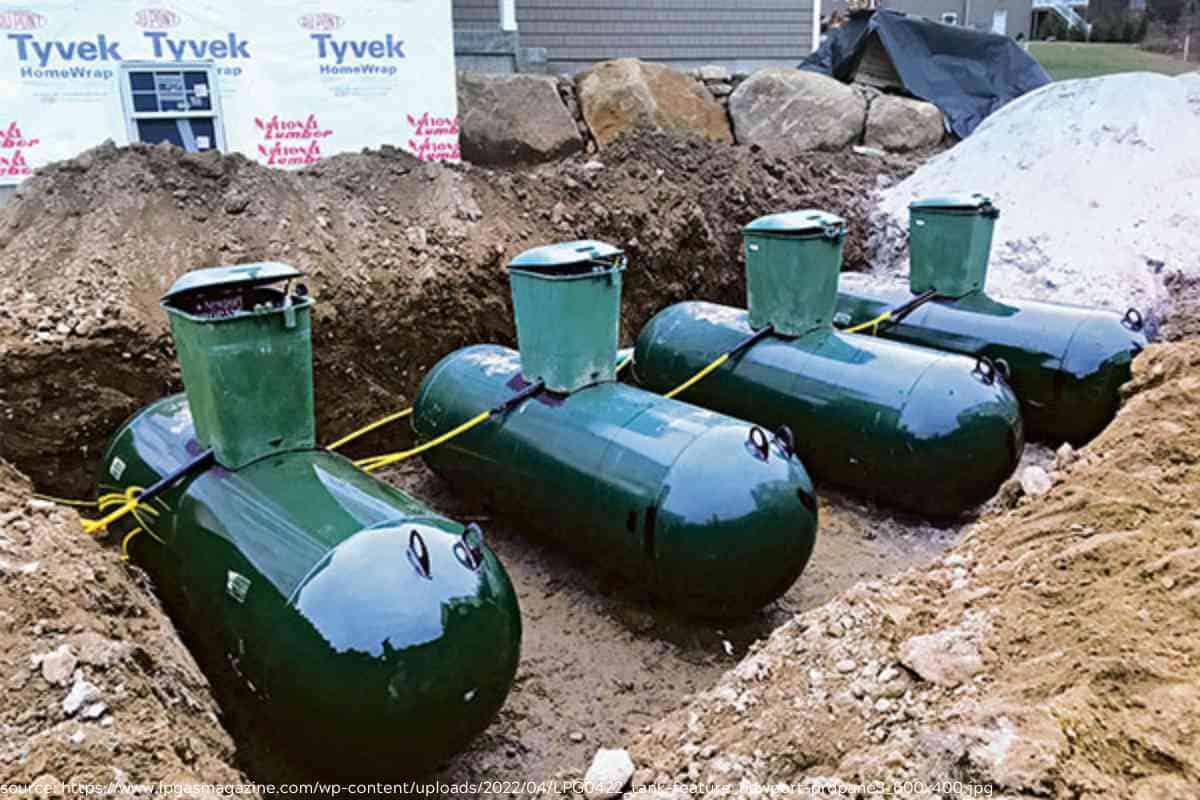
Can you bury your propane tank in Florida?
Most home associations in Florida require that homeowners bury their propane tanks. Few communities allow for top-ground installations as long as the tank is built on a concrete slab. Professionals in the propane gas industry recommend underground installation due to little interference.
We sought to know which of the two techniques works best. We talked to professional propane tank installers and tank manufacturers to uncover what they would expertly recommend. Besides that, we sought to understand users’ experiences with the two types of installations.
What is the Unique Florida Problem?
Generally, Florida is a great place to be. With the sandy beaches and great weather all year round, most people/residents love the balance they get all seasons. However, there is the challenge of water.
Unfortunately, water in Florida can be a significant demerit, especially when installing metallic tanks underground. Generally, Florida can be very waterlogged, which is a disadvantage when installing metallic tanks due to potential rust risks.
Even with this, most homeowners still choose to have their LP gas tanks installed underground. In fact, according to statistics, Florida has the highest number of underground tanks than any other state in the US.
This, coupled with lawn fertilizers and water logging problems, is a serious issue to the longevity of the tanks. One of the most common issues gas tank technicians have to deal with in their maintenance is regulator repairs.
The waterlogged status often destroys the tank regulators most of the time. It can be counterproductive in the long run with constant repairs and replacement of regulators. With time, old propane tanks rust and can be a serious safety hazard.

Are Above-ground Tanks the Best Alternative?
Despite people clinging to the old-school underground tank solution in Florida, the reality is hitting home. Many are slowly appreciating the unique natural challenges in the region and embracing above ground propane tanks.
Expert tank installers have identified two-fold underground installation challenges. First, there is the issue of submerged regulators allowing water to get into the tank when a snorkel isn’t installed. This can be fixed by installing the snorkel.
The second challenge is when the regulator corrodes and rusts beyond repair. This has to be the biggest challenge since the only solution is to replace that part of the propane tank. Industry experts use zinc anodes to help deal with this first-generation regulator issue.
Once you get past these challenges, fitting the propane underground remains the best option. It is safer and easier to handle since the tank is not exposed to weather changes. However, choose above-ground installation if the ground is too waterlogged, and the technician advises this as the only solution.
What are the Rules for the Gas Tank Placement?
Propane is safe and convenient for use in homes and RVs. This explains the sudden influx of propane users. Consider underground propane tank installation if you want to enjoy using this gas more, especially at home. Ensure to understand the federal, local, and state rules when installing propane tanks in your area.
There are a few rules stipulating the correct installation process for these tanks. These rules are based on the size of the tank, depth of placement, and location of the tank’s placement.
Size Requirement when Placing Propane Tanks
The primary concern should be the distance from the tank from the building, trees, houses and driveways, and property lines. This guarantees safety and legal adherence. Usually, the regulations/ rules are determined according to the propane tank’s size.
100-pound tanks: These are often used for small appliances, indoor heating, and cooking. They are portable and should be placed at least 3 feet from the nearest building opening and 5 feet from any ignition source.
100-gallon gas tank: This is perfect for occasional use for everyday appliances that require heavy output. They can be used to heat the swimming pool and emergency generators. They should be 5 feet from building openings and 10 feet from the nearest ignition source.
500-gallon tank: This size works for residential home use and helps with heating, running appliances, and powering generators. It minimizes refilling trips. Make sure the tank is 10 feet from the building’s opening, 10 feet from the heat source, and a minimum of 10 feet from the property line.
1000-gallon tank: Appropriate for large compounds and homes/ small commercial setups and agricultural ventures. To use this tank appropriately, ensure it is installed 10 feet away from a building’s opening, 10 feet from the ignition source, and 10 feet from the property line. When using two tanks of this size placed 3 feet from one another, increase the clearance above by 25 feet.
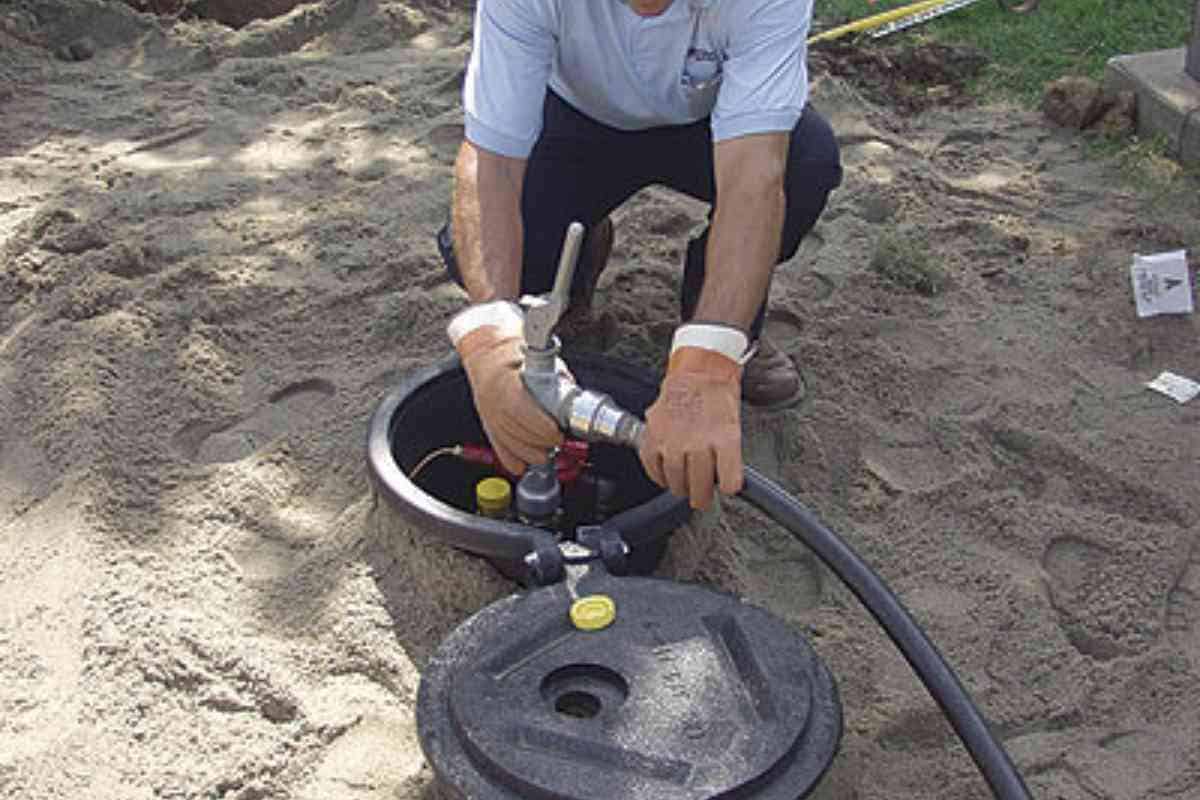
Underground Placement
Besides the clearance requirements above, below are the measurements that the technicians follow when placing the propane tank underground. The tank sizes are given in gallons.
- 100 – 9 feet 6 inches Length x 4 feet Width x 44 inches Deep
- 500 – 14 feet Length x 5 feet Width x 4 feet 6 inches Deep
- 1000 – 20 feet Length x 5 feet 6 inches Width x 4 feet 6 inches Deep
Where is the Appropriate Location for the Gas Tank?
Choosing the location of your propane tank depends on the depth and clearance requirements.
Below are a few things you ought to consider.
- Identify all openings around the home. These are windows and doors, mostly
- Find a location in the yard that gives you sufficient space for the propane tank
- Factor in the location of the property lines
- Consider ignition sources around your home
- Consider existing work, such as sprinkler systems, septic tank location, and overhead power line installations, as this matters during the refilling process.
Key Takeaways
- Most home associations require you to bury your propane tank in Florida.
- There is a lot to consider when installing underground propane tanks in Florida
- Give professional technicians to handle the propane tank installation.
- Consider the local authorities, state, and federal rules on propane tank installation



